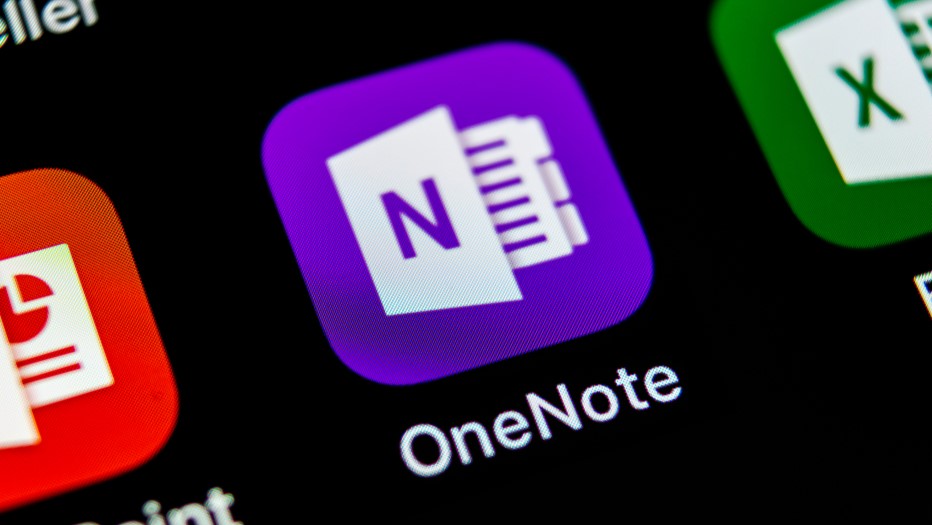
- OneNote for Windows 10 loses support at the same time as the OS
- New OneNote on Windows app replaces it with new features
- Users can update by using the in-app migration ribbon
Microsoft has warned users its OneNote note-taking app is set to lose support for Windows 10 machines from October 14, 2025, and with this landmark comes an important software update.
From that deadline, Microsoft OneNote will be a read-only app, meaning notes can be viewed but not edited or synced.
No further updates, bug fixes or security patches will be provided in line with Windows 10 also losing support on October 14.
OneNote won’t be supported in Windows 10 from October 2025
“As we continue to invest in a more secure, modern, and capable note-taking experience, we’re consolidating our efforts into a single, more powerful OneNote on Windows app,” OneNote Product Manager Bola Soneye wrote in a blog post announcing the news.
By streamlining OneNote, Microsoft is promising faster delivery of new features, long-term support and a “foundation for future innovation in OneNote.”
To move from the classic Windows 10 version of OneNote to the new OneNote on Windows app, users must sync their notes and then use the in-app migration ribbon to ‘Move to the newest version of OneNote’.
The new app can be downloaded from the Microsoft Store for free, but users must sign in with work, school or personal accounts to unlock it.
The blog post also details specific processes for Enterprise and Education customers.
Looking ahead, Microsoft’s roadmap has plenty of entries for OneNote, including a whole host of Copilot-based improvements like summarization, Q&A, voice tools, image and video support and audio overviews.
The OneNote change is just part of a broader shift happening as Windows 10 makes room for Windows 11. Earlier in June 2025, Windows 11 adoption finally caught up with Windows 10 (via Statcounter), before surpassing it one month later.
Soneye concluded by urging OneNote users to migrate now rather than leaving it until the last minute to avoid disruptions.
